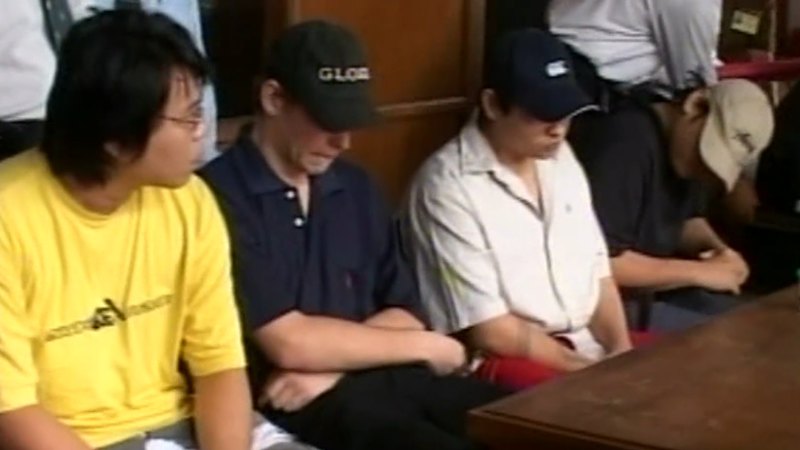ARTICLE AD BOX
Less than a month after its launch, the EarthCARE satellite sent back the first image from one of its instruments, revealing for the first time from space the internal structure and dynamics of clouds.
This impressive first image, captured by the satellite's cloud profiling radar, provides a glimpse of the instrument's full capabilities once it is fully calibrated.
EarthCARE, a joint mission between the European Space Agency (ESA) and the Japanese Aerospace Agency (JAXA) , carries four advanced instruments designed to work in concert to shed new light on the role that clouds and aerosols play in heating and cooling the Earth's atmosphere, thus contributing to a better understanding. to climate change.
The new image sent back by the satellite helps us understand how ice and snow suspended in clouds turn into rain.
It is believed that understanding how quickly rain and snow fall could help improve weather and climate forecasts.
Scientists said the image taken by Earthcare provides a unique glimpse into the internal structure of clouds and "is everything we hoped for, and more."
Experts have identified distinct layers within the clouds, with ice crystals and snowflakes hanging at the top, and some slowly falling at the bottom.
The European Space Agency explained that the center is where the cloud is denser and contains more large particles.
In the lower layer, data shows that particles are falling at a faster rate, indicating that ice and snow are turning into water droplets.
Takuji Kubota, mission scientist at JAXA, revealed: “We are pleased to be able to present this first image, which reveals details of the internal structure and dynamics of clouds over the ocean east of Japan on June 13. This is the first image of its kind. We have never had this kind.” "From the information that has been measured from space before, this is everything we hoped for, and more."
The other three Earthcare instruments, short for Earth Cloud Aerosol and Radiation Explorer, are expected to start sending back data in the coming weeks and months.
“We are now looking forward to seeing the first results from the other three Earthcare instruments,” said Simonetta Celli, ESA’s Director of Earth Observation Programmes. “The key to the mission is to get all four instruments working together to give us a comprehensive understanding of the very complex interactions between clouds, aerosols, incoming solar radiation and outgoing thermal radiation to help better predict future climate trends.”
.png)
 4 months ago
5
4 months ago
5









 English (US)
English (US)